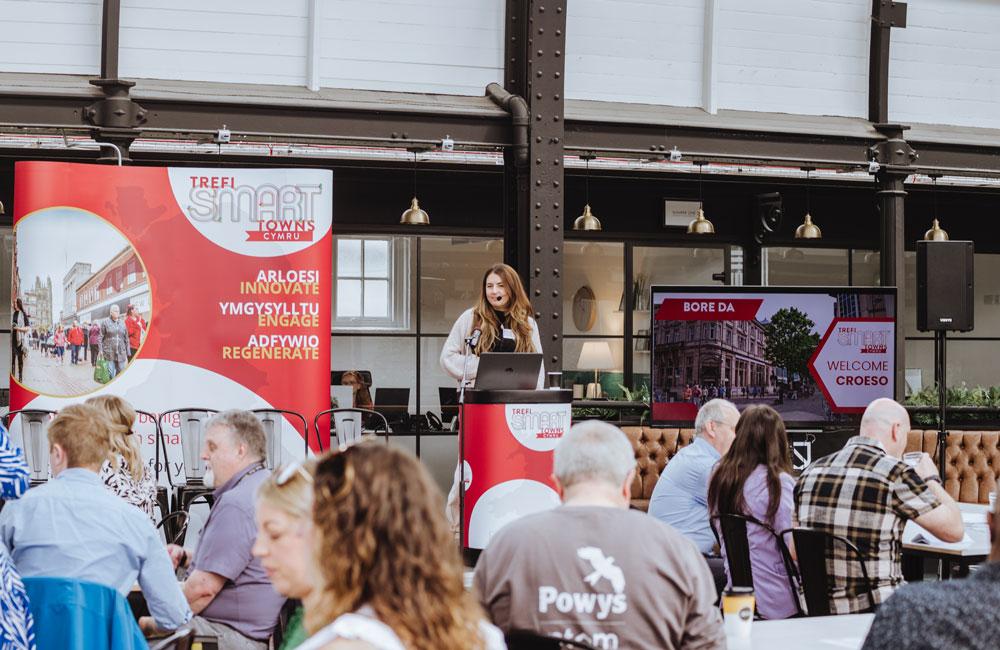The path to clean city air: Can smart cities help contribute to a better, cleaner environment? Sascha Giese explores
Densely populated cities are growing rapidly in number, with the UN predicting 68 per cent of the world’s population will live in urban areas by 2050. But alongside this progression comes a rapid decline in the quality of our natural environment, so action must be taken. Urban living requires city planners to have more insight into the factors contributing to a poor environment, and they must know what’s changing about their local environment, where the risks and dangers lie, and what steps they can take to mitigate them.
As the world quickly moved to lockdown to combat the deadly Covid-19, scientists around the globe saw the immense impact this had on the health of our planet. The pandemic resulted in a seven per cent drop in global carbon emissions, a trend not seen ‘since World War II’. Though these have been exceptional circumstances—the likes of which we hope to put behind us—they do offer a real-world benchmark and increase the urgency behind more permanent methods of environmental improvement.
Smart cities: Where tech supports everyday life
Today’s smart cities rely on the connections between networks, which are comprised of fixed and mobile remote sensors. These sensors constantly record and share data and help authorities make smart decisions every day. This data is used for a wide variety of environmental purposes, including identifying underlying patterns and trends across the city ecosystem. Sensors can, for example, monitor the movement of traffic, where real-time information about the number and location of vehicles can help authorities make accurate predictions about key things such as air quality and make changes to improve this where possible.
Support for this is growing—in London, Mayor Sadiq Khan recently announced an air quality monitoring investment of almost £1.5 million to fund 195 sensors designed to generate real-time data. This will be shared publicly via the Breathe London website so citizens of the city can understand more about the health of their environment.
With the insights this real-time data supplies, local authorities can take proactive steps to maintain—and hopefully improve—air quality. For example, public transport such as buses can be switched to an all-electric mode when they enter areas of higher pollution. Some cities are already using data in public information messages to encourage people in vehicles or on foot to find alternative routes when air quality decreases to avoid contributing to worsening air quality or breathing it in when walking.
Use enterprise lessons to manage a city
This is easier said than done, however. The huge amount of data sensors across smart cities produce—in addition to the complexity of the networks involved—make managing this entire system a monumental task.
A highly connected smart city is comparable to a large enterprise—it generates large quantities of data needing to be stored and analysed. The data has the potential to become an extremely valuable asset, but the sheer level of complexity involved means artificial intelligence technologies are now essential tools for city administrators. They aid in the process of extracting and cross-referencing insights from the multiple data sets involved. Resolving these challenges is already generating huge levels of investment across a range of business sectors and will become increasingly important as smart cities grow in scale.
This isn’t the only way smart cities are like enterprises—administrators can apply the same expertise, tools, and processes to manage these requirements as their commercial counterparts. By prioritising real-time monitoring of network performance, security, and data privacy, they can keep smart cities connected, safe, and better able to deliver high-quality environmental performance to their citizens.
As a final note, it’s crucial to remember with greater data volumes and complexity come greater compliance requirements. Businesses across every industry are increasingly aware of their regulatory obligations, and the impact of rules such as UK-GDPR means it’s usually the administrators who hold the responsibility for data integrity and protection. Admins for smart cities must not only secure the growing amounts of data but also ensure they and their third-party partners don’t misuse it.
People are increasingly aware of the devastating impact humankind is having on our planet, and many governments are setting ambitious targets to prevent further damage and—where possible—reverse the damage already done. With the intelligence of smart cities—and investments like London’s air quality monitoring investment—these targets will become much more achievable. Technology advances every single day, and IT teams will continue to be highly desirable as smart cities develop to meet future needs.
Sascha Giese is Head Geek™ at SolarWinds.




